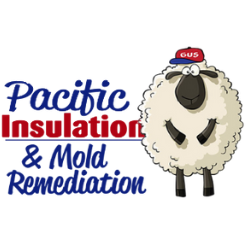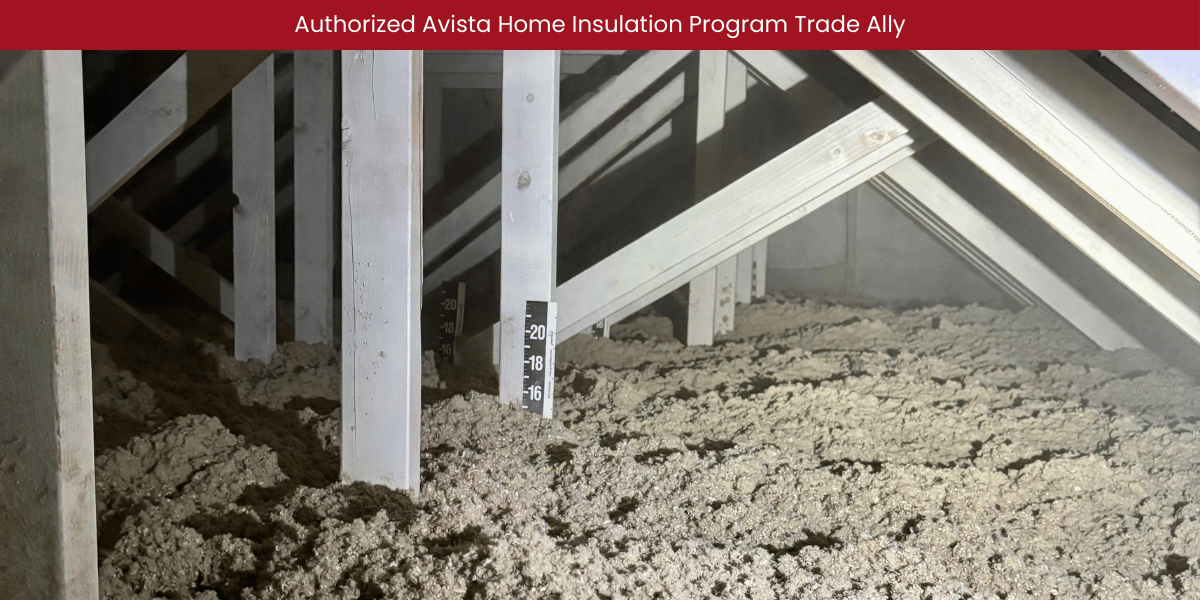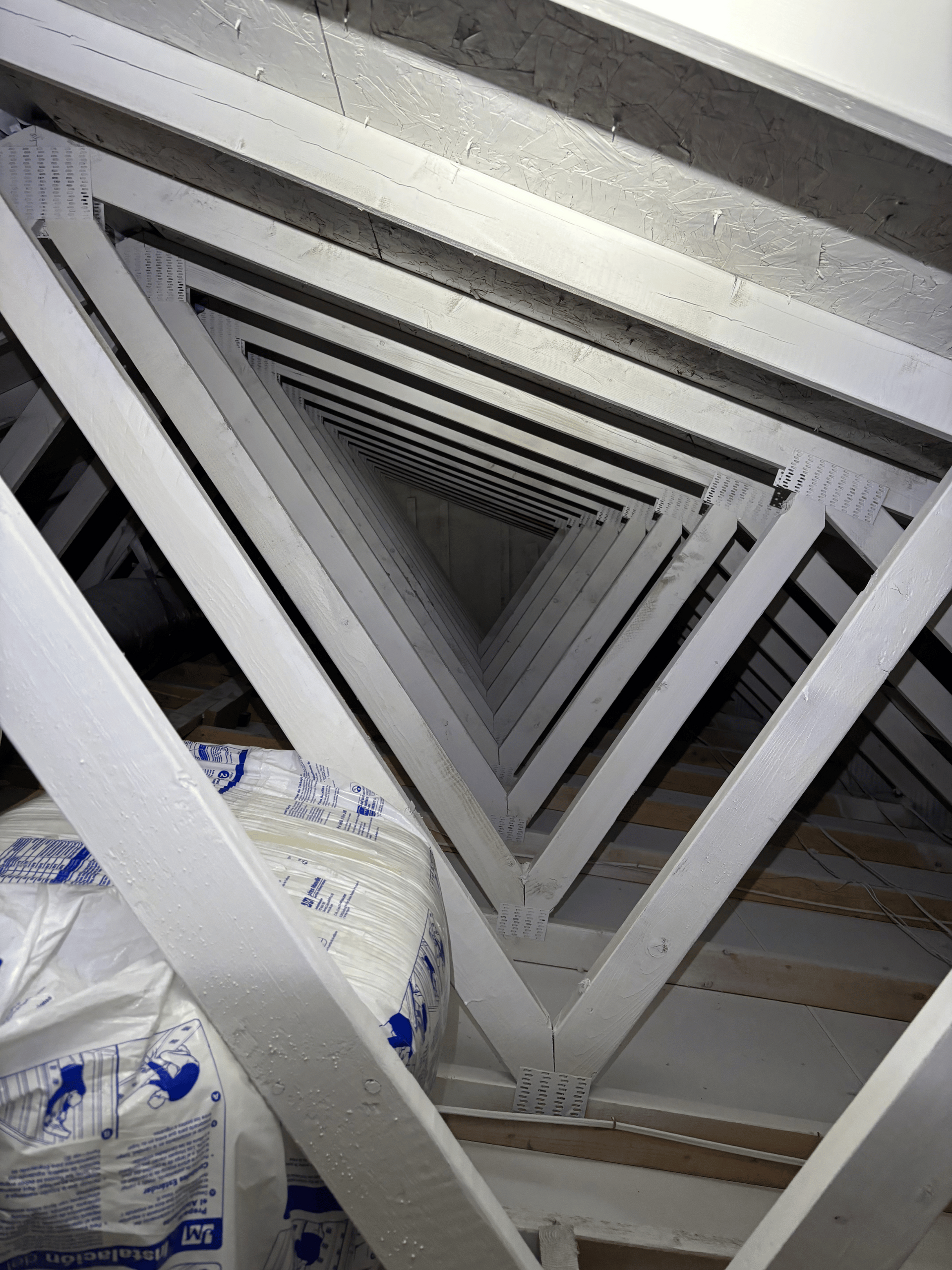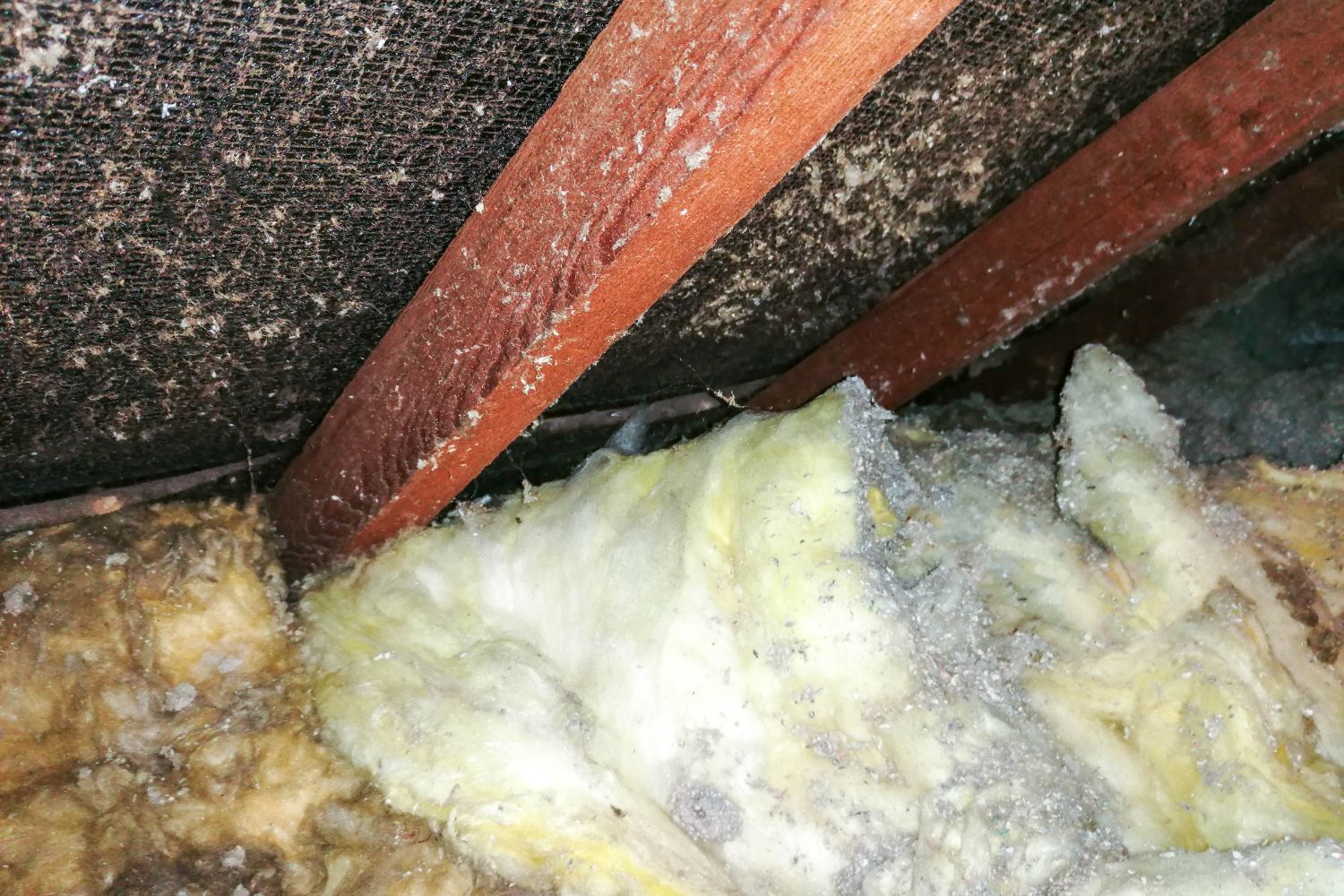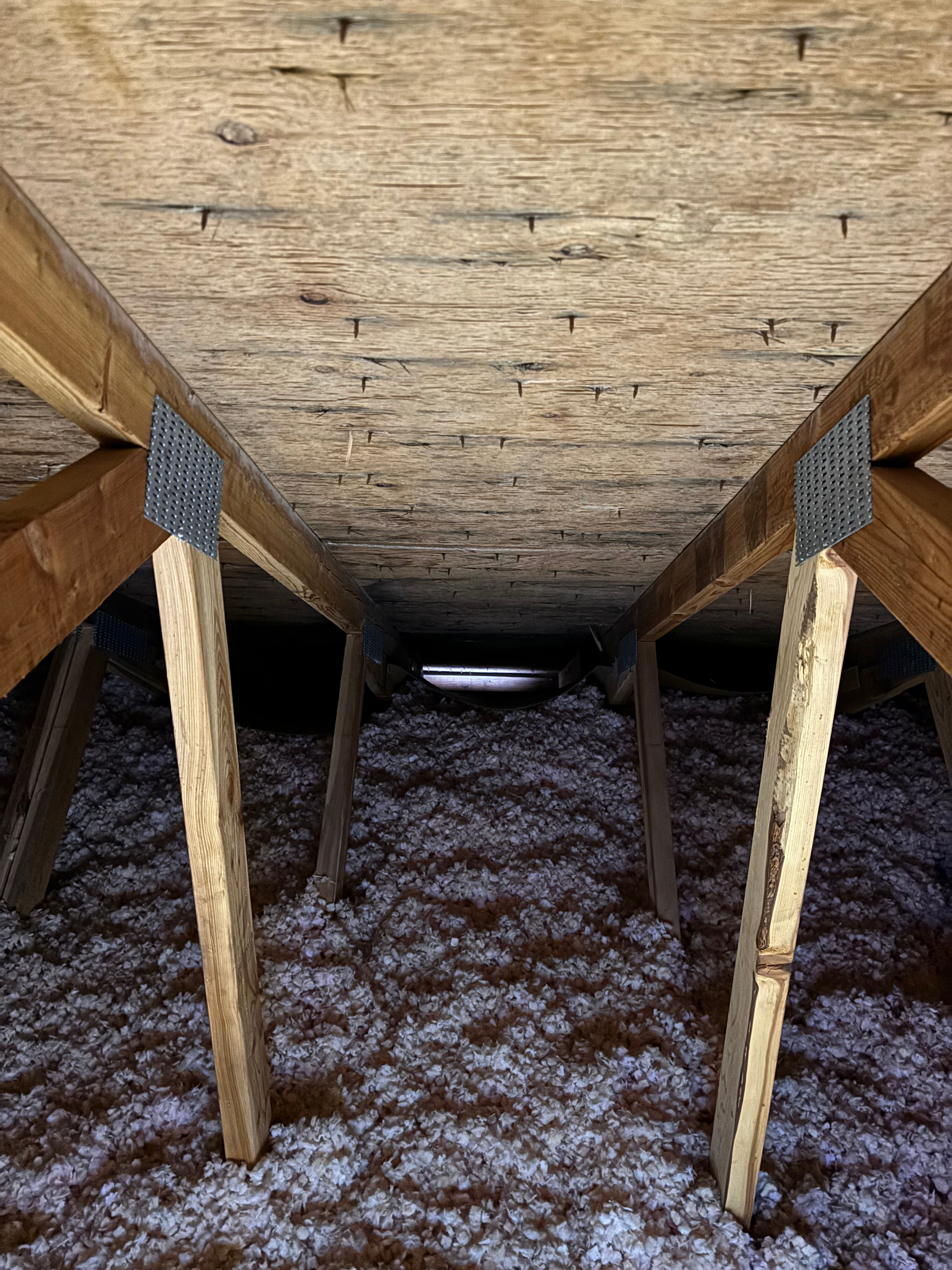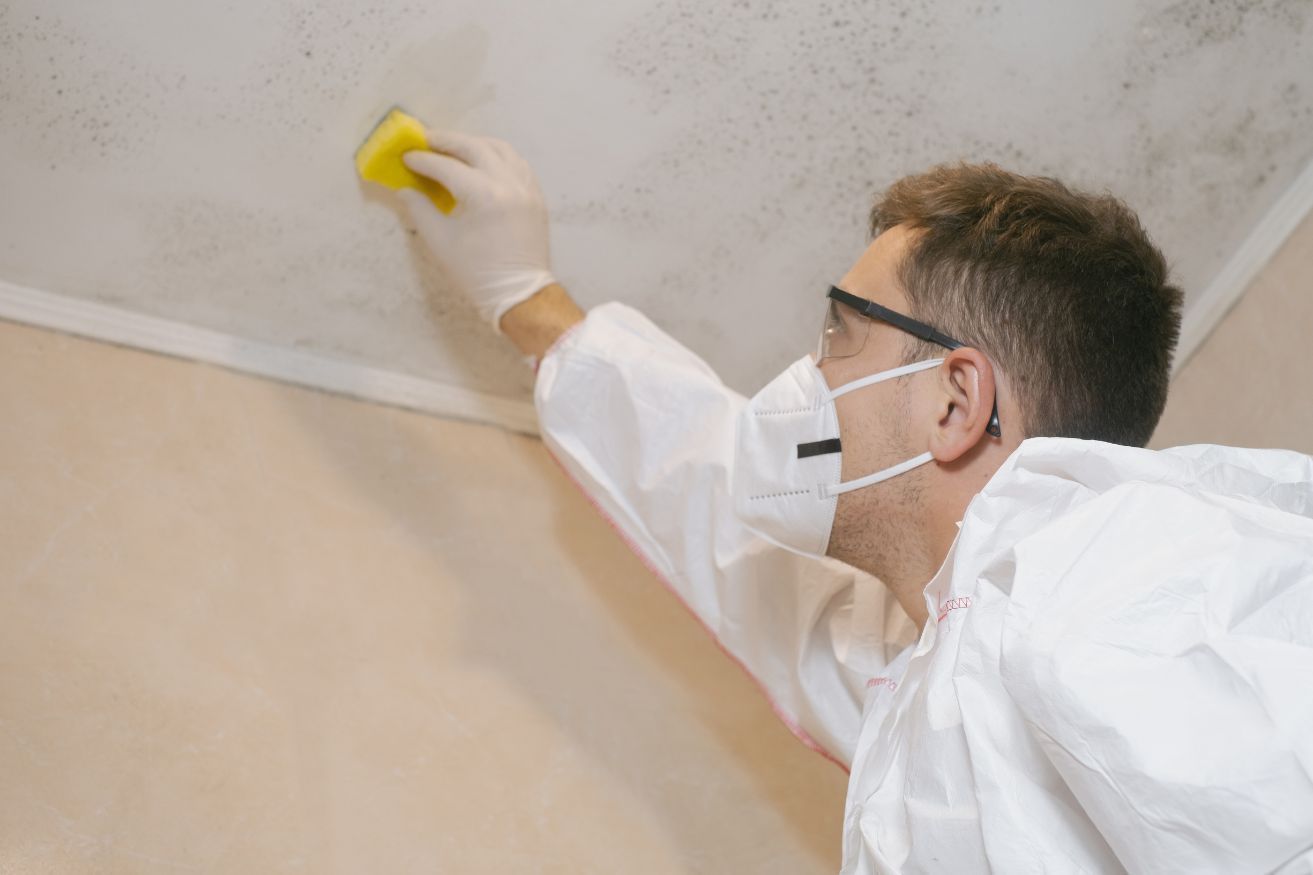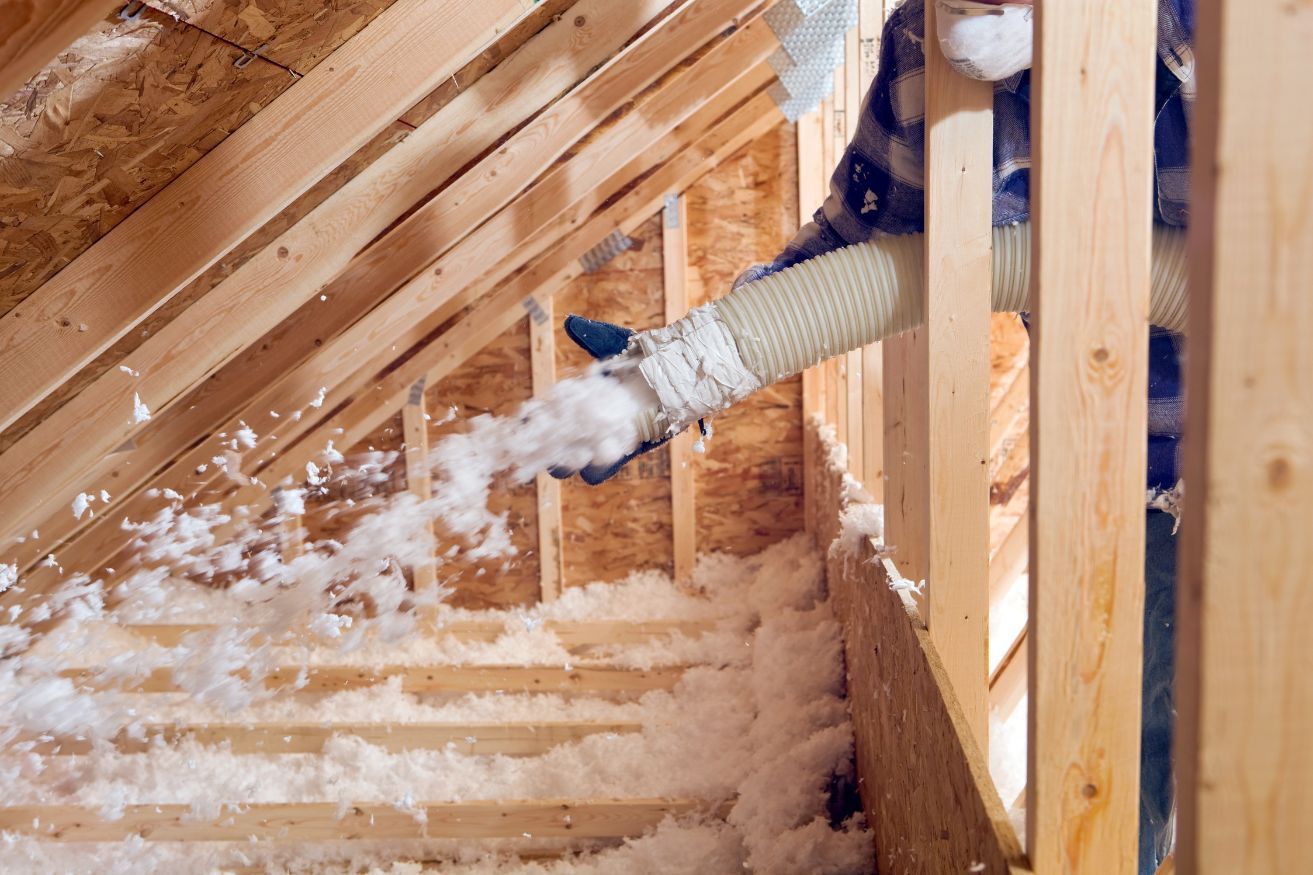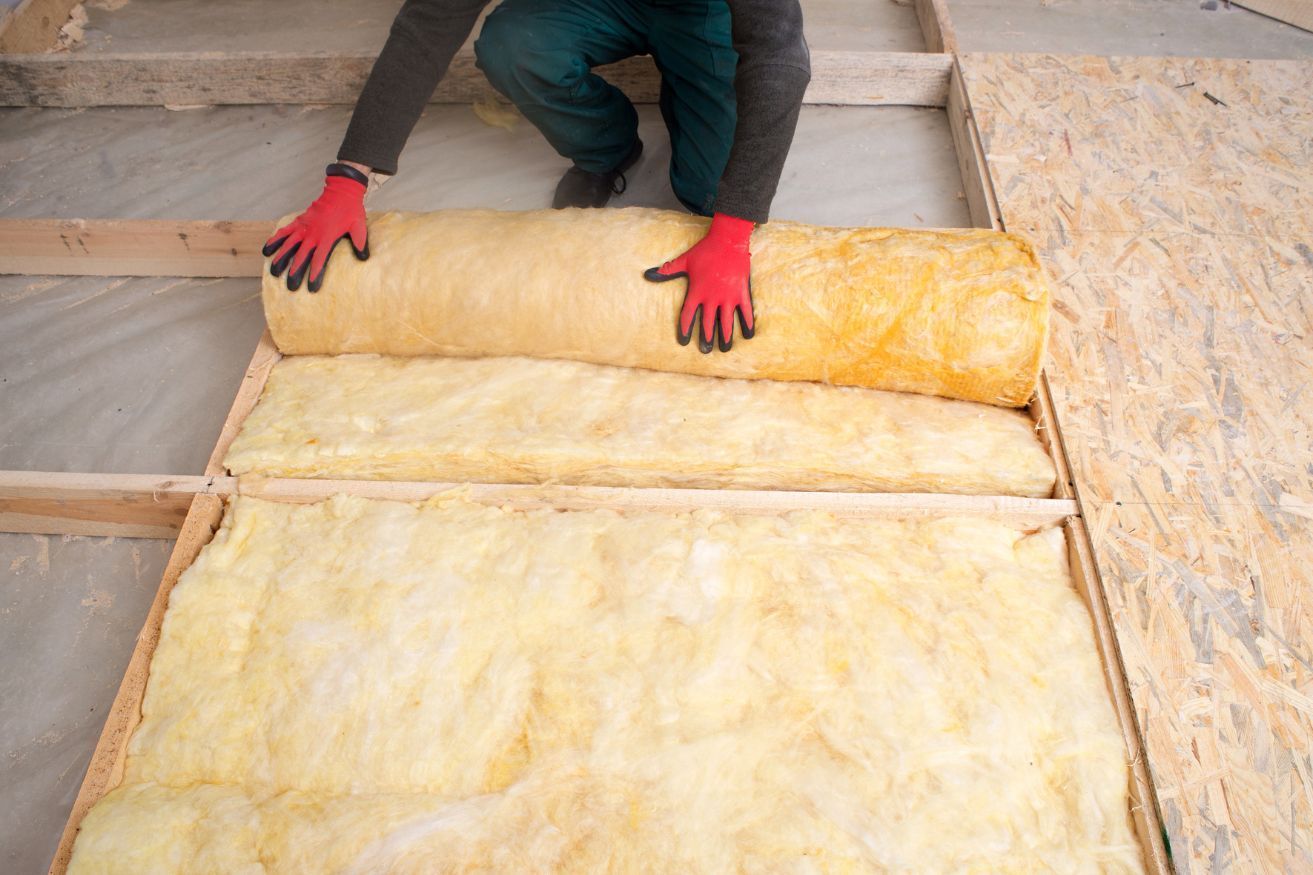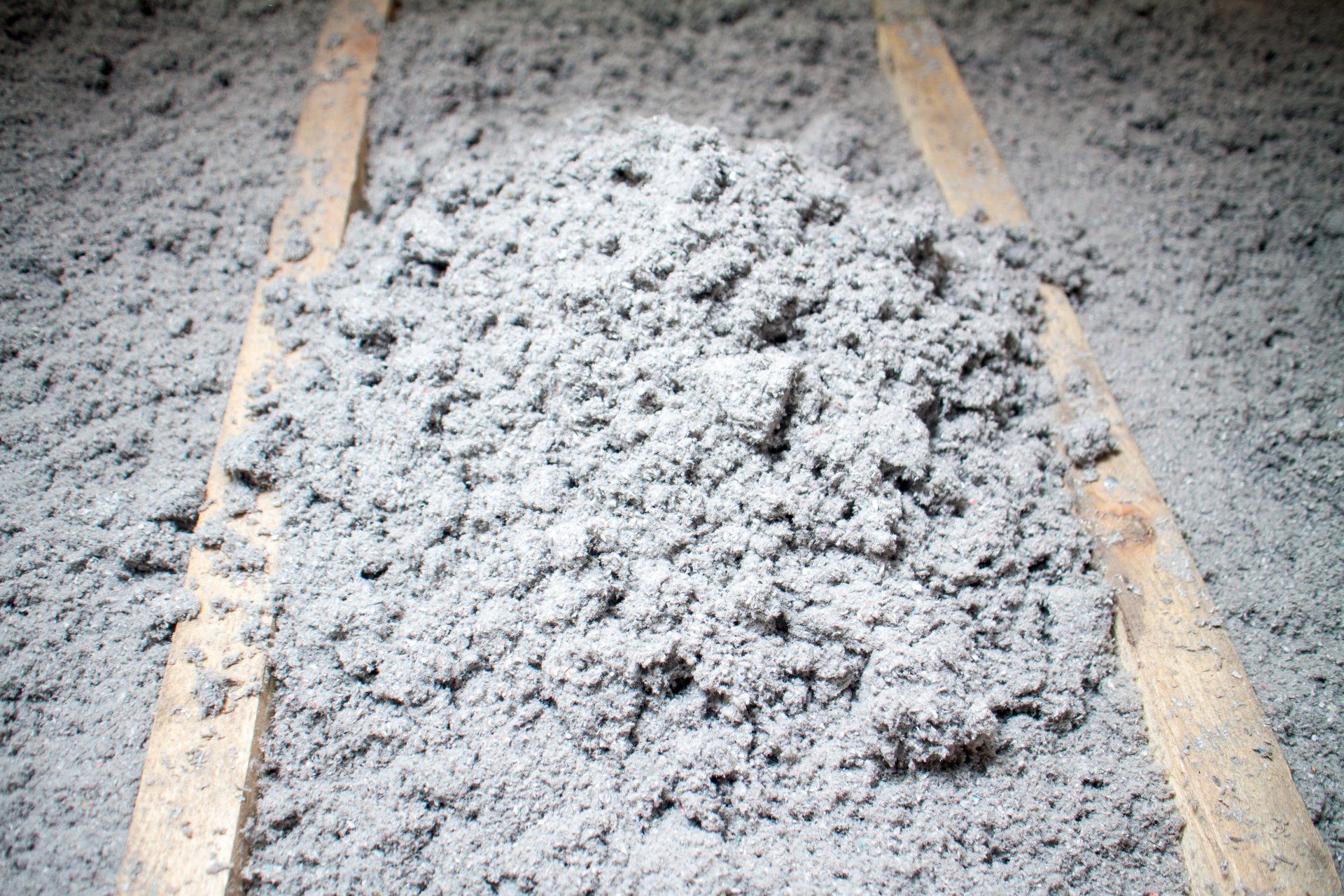Comparison of Cellulose and Fiberglass Insulation
What is Cellulose Insulation?
When it comes to insulating your home, the choice between cellulose and fiberglass insulation can be challenging. Both materials are popular for their ability to improve energy efficiency and comfort, but they have distinct characteristics that might make one a better fit for your needs. In this article, we'll explore the differences between cellulose and fiberglass insulation, helping you make an informed decision for your home.
What is Cellulose Insulation?
Cellulose insulation is made from recycled paper products, primarily newspapers, that are treated with chemicals to make them fire and insect resistant. It's an environmentally friendly option due to its high recycled content. Cellulose is typically blown into walls, attics, and other spaces, providing a dense layer of insulation.
Advantages of Cellulose Insulation
- Eco-Friendly: Made from recycled materials, cellulose is a sustainable choice.
- Effective at Reducing Air Leaks: The dense nature of cellulose helps to minimize air infiltration.
- Fire Resistance: Treated with fire-retardant chemicals, it offers good fire protection.
- Soundproofing: Its density makes it excellent for sound insulation.
Disadvantages of Cellulose Insulation
- Settling Over Time: It may settle over time, reducing its effectiveness if not properly installed.
- Dust: Installation can be messy, as it generates dust.
What is Fiberglass Insulation?
Fiberglass insulation is made from fine glass fibers and is available in two main forms: batts (or rolls) and loose-fill (blown-in). It's one of the most common types of insulation used in homes. Fiberglass is known for its versatility and ease of installation.
Advantages of Fiberglass Insulation
- Cost-Effective: Generally less expensive than cellulose.
- Moisture Resistant: It does not absorb water, reducing mold risks.
- Non-Combustible: Naturally resistant to fire.
- Easy Installation: Available in batts, it’s easy to cut and fit into standard wall cavities.
Disadvantages of Fiberglass Insulation
- Less Effective at Blocking Air: It does not seal spaces as effectively as cellulose.
- Irritation Risk: Handling can cause skin and respiratory irritation.
- Lower Recycled Content: Not as environmentally friendly as cellulose.
Blown-In Insulation: Cellulose vs. Fiberglass
Both cellulose and fiberglass can be installed using a blown-in method, which involves using a machine to blow the insulation into place. This method is ideal for attics and other hard-to-reach spaces.
Blown-In Cellulose Insulation
- Dense Coverage: Offers excellent coverage, filling gaps and voids effectively.
- R-Value: Typically, cellulose has an R-value of about 3.2 to 3.8 per inch, which measures its resistance to heat flow.
- Installation: Requires professional installation to ensure even distribution and to minimize settling.
Blown-In Fiberglass Insulation
- Lightweight: Easier to handle and install than cellulose.
- R-Value: Generally, fiberglass has an R-value of about 2.2 to 2.7 per inch.
- Settling: Less prone to settling compared to cellulose, maintaining its insulation properties over time.
Attic Insulation: Batts vs. Blown-In
When considering attic insulation, you have the option of using batts or blown-in insulation. Each has its advantages and is suited to different situations.
Batt Insulation
- Convenience: Prefabricated batts are easy to install between joists and studs.
- Uniform Coverage: Provides consistent thickness and coverage if installed correctly.
- Limited Flexibility: Less effective in irregularly shaped spaces or around obstacles.
Blown-In Insulation
- Comprehensive Coverage: Great for filling all nooks and crannies.
- Adaptability: Can easily insulate irregularly shaped areas.
- Professional Installation: Often requires a professional for effective and thorough installation.
Is Blown-In Insulation Better Than Batts?
The choice between blown-in insulation and batts depends on several factors, including the area to be insulated, budget, and personal preferences.
- Blown-In Insulation: Offers superior coverage and is ideal for attic floors and irregular spaces. It tends to be more effective at sealing air leaks but may require professional installation.
- Batt Insulation: Cost-effective and easy to install for the DIY enthusiast, but may not be as effective in sealing air gaps as blown-in options.
Conclusion: Cellulose or Fiberglass?
Choosing between cellulose and fiberglass insulation depends on your specific needs, priorities, and the areas you need to insulate.
- Cellulose Insulation: Best for those looking for an eco-friendly option with excellent air sealing and soundproofing capabilities. However, consider the potential for moisture absorption and settling.
- Fiberglass Insulation: Suitable for those prioritizing cost-effectiveness and moisture resistance. It’s a versatile option available in both batts and blown-in forms, though it offers less air sealing compared to cellulose.
Ultimately, both cellulose and fiberglass insulation have their place in modern home construction and retrofitting projects. Evaluate your specific needs, consult with a professional, and choose the insulation type that best suits your home and budget.
